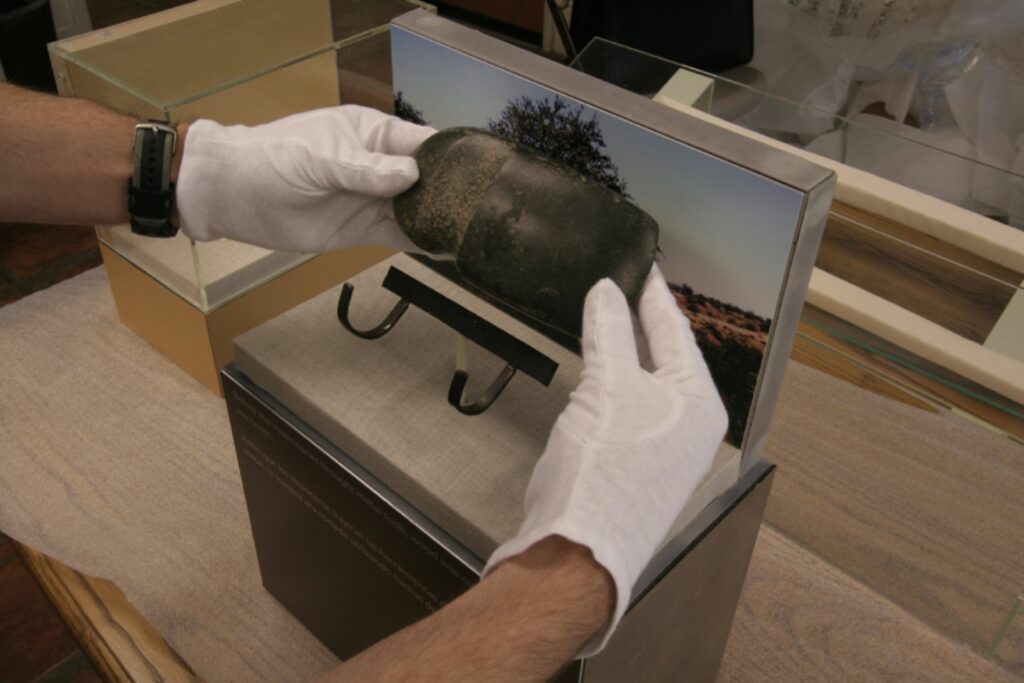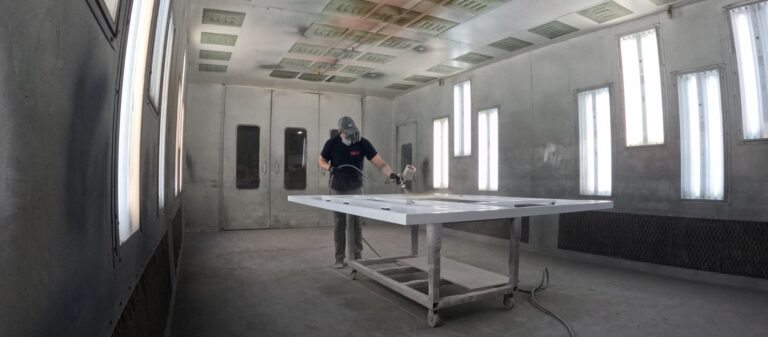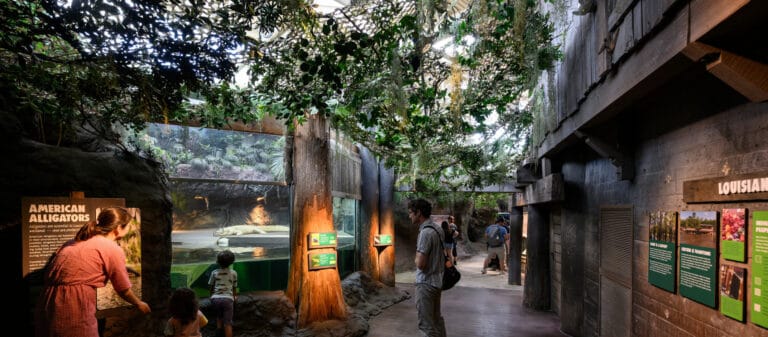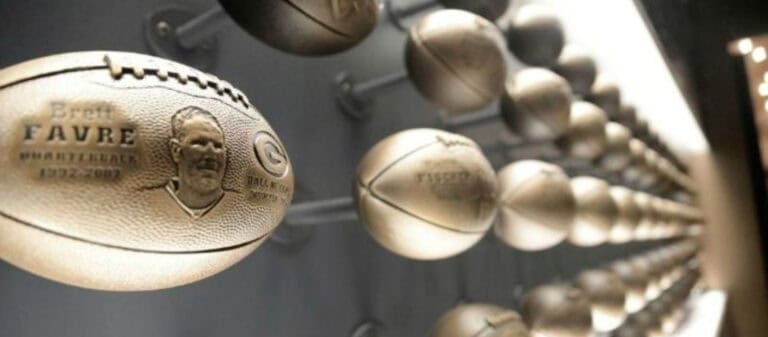Preserving and displaying artifacts is a complex process that requires a combination of careful planning, research, and storage. The first step in preserving and displaying artifacts is to conduct research on the item. This research should include information on the artifact’s history, its creator, and its use. The next step is to create a plan for the artifact’s preservation and display. This plan should include the type of storage environment needed to protect the artifact, the type of display case or mount that should be used, and any other special requirements for the artifact’s preservation.
The type of storage environment needed to protect the artifact will depend on the material the artifact is made of and the environment it will be displayed in. For example, an artifact made of metal may require a climate-controlled, dehumidified environment to protect it from corrosion. A display case or mount should be chosen that will protect and properly display the artifact. This could include an acid-free paper or foam display case or a custom-made wood or metal mount. Once the plan is in place, the artifact should be carefully cleaned and restored, if needed. This process should be done with care and with the help of a conservator. After the cleaning and restoration is complete, the artifact should be carefully stored in an environment that will protect it from further damage.
Finally, the artifact should be displayed. Depending on the type of artifact, the display may need to be interactive or protected by a glass covering. If the artifact is displayed outdoors, it should be protected from the elements and temperature fluctuations. It is important to consider how the object will be presented to visitors, and how it will be viewed. The display should be able to show the object in its full glory, and should also provide information about its significance and context. In addition to the physical display of the artifact, museums may also make use of technology to help tell the story of the artifact. This could include audio-visual displays, interactive displays, or digital displays. These technologies can help to bring the artifact to life and provide further insight into its history and importance. Preserving and displaying artifacts is a detailed process that requires careful planning and research in order to be successful.
For over 31 years, 1220 Exhibits has been designing and fabricating custom artifact mounts to protect and display artifacts in museums, galleries, and other institutions worldwide. Our in-house Artifact Mount Designer and Fabricator works with curators and conservators to gain an understanding of the unique needs of each artifact, before creating sketches and mount designs that meet safety and conservation needs. Custom artifact mounts are fabricated using approved conservation materials such as brass, Plexiglas, acrylic-coated materials, and archival papers in accordance with museum standards. In addition, our Artifact Mount Designer and Fabricator lays out the artifacts in AutoCAD to ensure a proper fit in relation to the overall design aesthetic. All mounts and artifacts are installed on-site, with the Artifact Mount Designer and Fabricator leading the installation to ensure the safety and security of each artifact. 1220 Exhibits strives to create mounts that are low profile, allowing the focus to remain on the artifact itself.
With 1220 Exhibits, clients can rest assured that their artifacts will stay safe and be displayed with the utmost care. To check out some of our work, head to our Capabilities pages to see what we can do!









